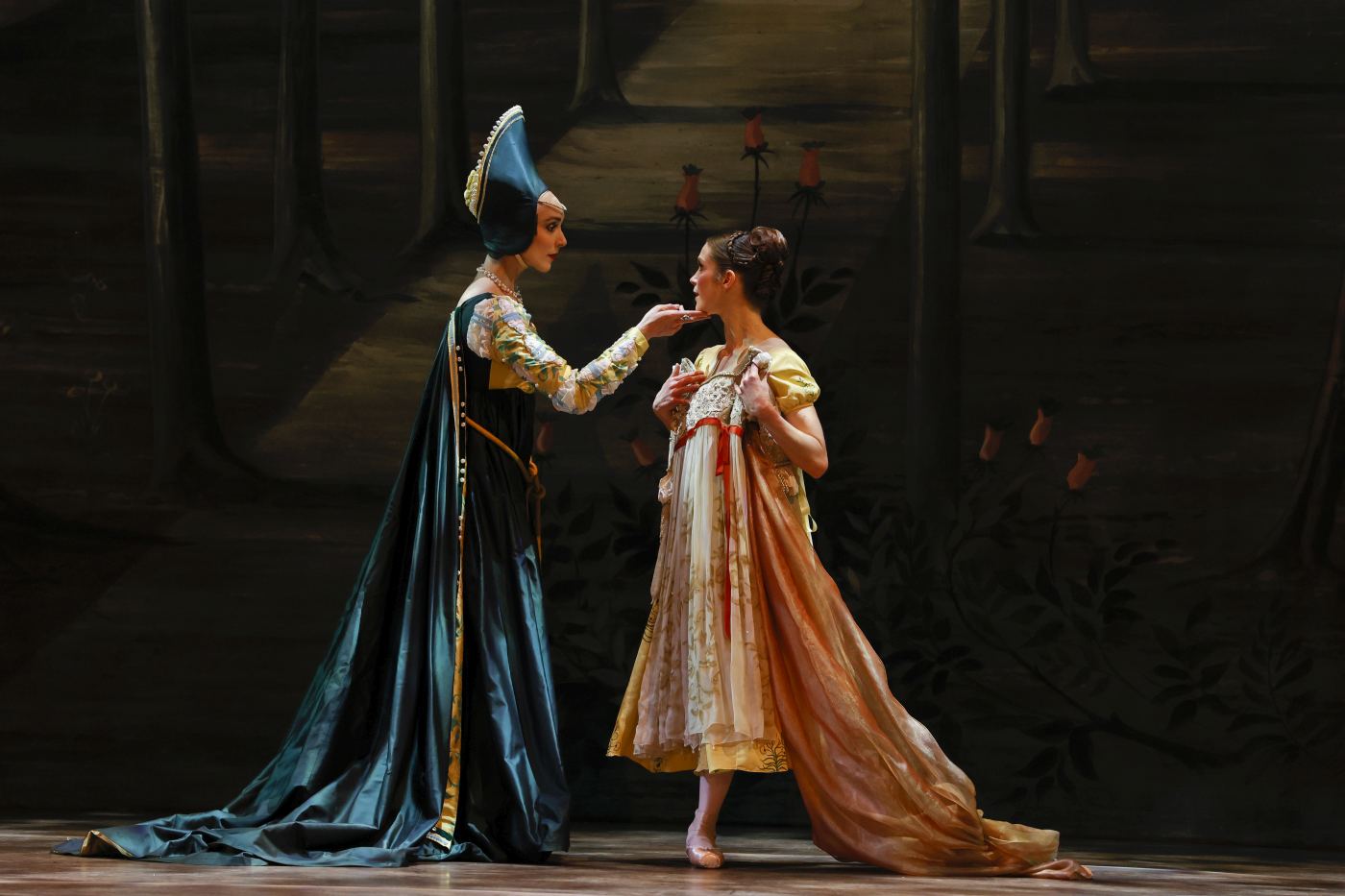Comforting
“The Nutcracker”
The Australian Ballet
Sydney Opera House/Joan Sutherland Theatre
Sydney, Australia
December 12, 2024 (live stream)
by Ilona Landgraf
Copyright © 2024 by Ilona Landgraf
 This year, getting in a happy Christmas mood isn’t easy in my home country, Germany. We’re in troubled waters, and prospects for the new year are dismal. Even our major ballet stages abandoned a festive program. The State Ballet Berlin scheduled Christian Spuck’s Bovary and Swan Lake for the holiday season; the Bavarian State Ballet is presenting a mixed bill (Duato/Skeels/Eyal) and Cranko’s Romeo and Juliet. At least audiences in Stuttgart, Hamburg, and Dresden can attend performances of The Nutcracker, but Stuttgart’s rendering is screwed up, and Dresden’s is saccharine. The bright spot is Hamburg Ballet, which kept Neumeier’s much-lauded version in its repertory.
This year, getting in a happy Christmas mood isn’t easy in my home country, Germany. We’re in troubled waters, and prospects for the new year are dismal. Even our major ballet stages abandoned a festive program. The State Ballet Berlin scheduled Christian Spuck’s Bovary and Swan Lake for the holiday season; the Bavarian State Ballet is presenting a mixed bill (Duato/Skeels/Eyal) and Cranko’s Romeo and Juliet. At least audiences in Stuttgart, Hamburg, and Dresden can attend performances of The Nutcracker, but Stuttgart’s rendering is screwed up, and Dresden’s is saccharine. The bright spot is Hamburg Ballet, which kept Neumeier’s much-lauded version in its repertory.
The Australian Ballet’s live stream of The Nutcracker was therefore a welcome addition, especially as the company presented Peter Wright’s traditional version, which was staged for the Royal Ballet in 1984 and later adapted for Birmingham Royal Ballet. (more…)





